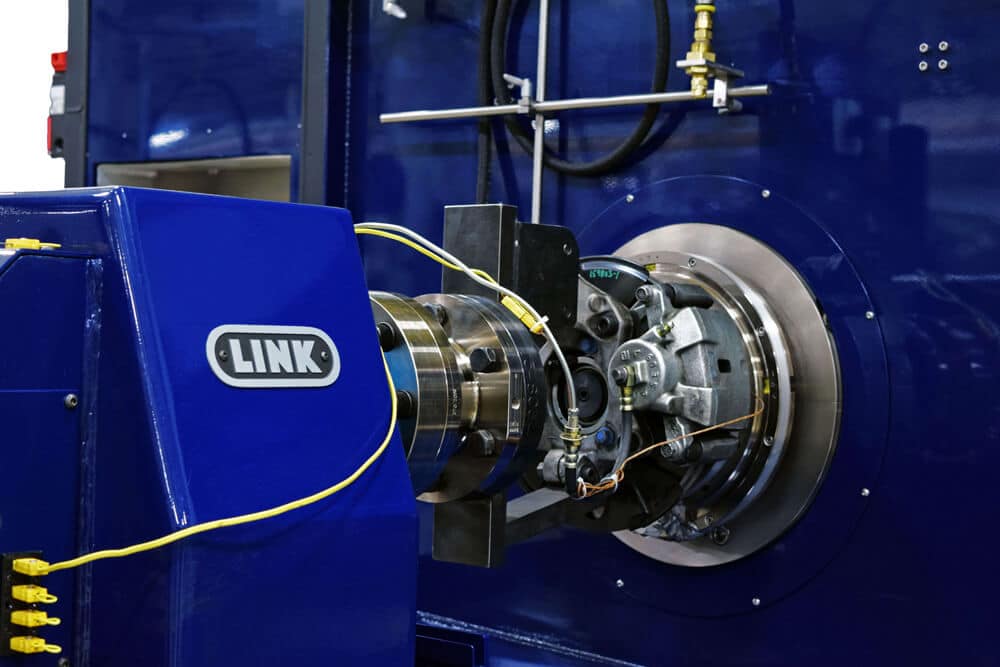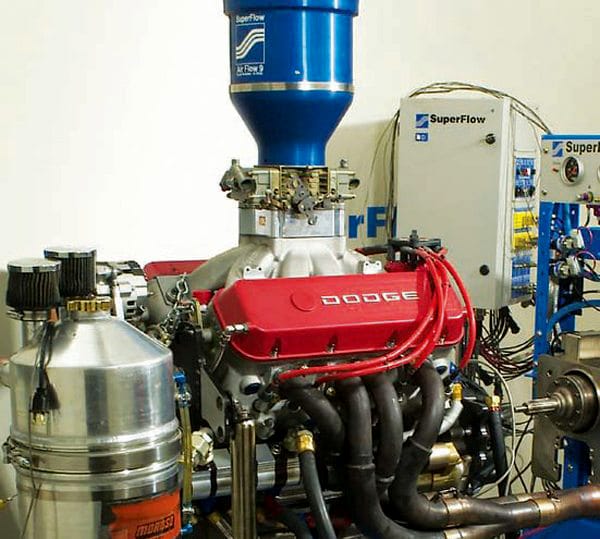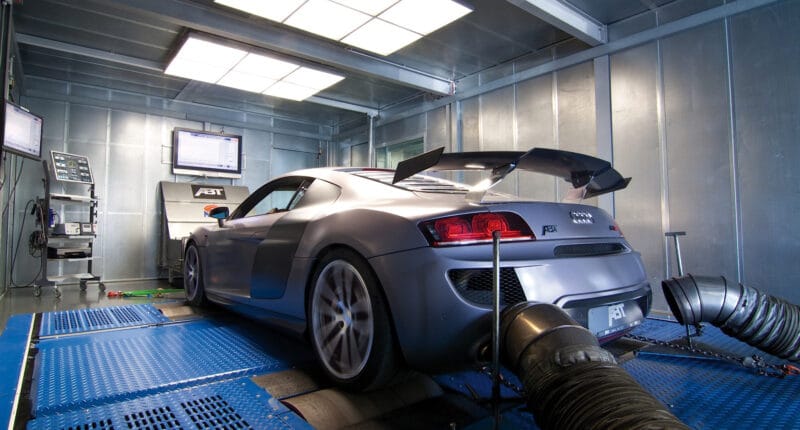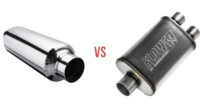Automakers sure do have a bee in their bonnet when it comes to horsepower figures. So much, that hp is always the headline figure in press kits and brochures for any new performance car.
What they don’t tell you is that the advertised hp figures are always measured at the crank because it allows them to publish a bigger number.
Most car buyers are equally obsessed with the unit and use it as a reference point to gauge real-world performance. But few are mindful of the differences between hp, bhp, and whp; and how these numbers vary from region to region.
In this guide, we’ll explain the difference between bhp, whp, and hp; how they’re measured, and why you should care.
What Is Horsepower?

Put simply, horsepower is a unit of measurement of power, typically used to express the amount of work that engines can do.
The meaning of horsepower can vary depending on the context and region it is used in. Sometimes, when it’s necessary to differentiate between various definitions of horsepower, a suffix is added:
- hp(I): mechanical or imperial horsepower
- hp(M): metric power (PS)
- hp(S): boiler or steam horsepower, and
- hp(E): electrical horsepower.
However, these variations of hp hardly ever come up in casual conversation. In the automotive world, mechanical hp is all that you need to be concerned with, that is, 1 hp = 33,000 ft-lb/min.
Horsepower dates back to the late 18th century when Scottish engineer James Watt was looking for an ingenious way to market his new and improved version of the 1712 Newcomen steam engine. If you want to learn more, check out our guide to the history of horsepower.
Brake Horsepower Explained
Brake horsepower refers to your engine’s maximum power output without factoring in any frictional losses at the drivetrain. In simpler words, it is a unit of measurement that indicates the amount of power your engine can make by itself — outside the car.
If your car has an advertised 180 hp, there’s no way your wheels can put down the entirety of that 180 hp. Some power will be lost due to friction in the drivetrain components like your transmission, driveshaft, differential, axles, and CV joints to name a few.

Colloquially, when people refer to hp they’re referring to bhp. The two units are almost the same. Hp is more commonly used in the United States and bhp is favored across Europe and the UK.
Both units are measured using a hydraulic or water brake dynamometer — a device with a large drum and an internal water brake system that measures the resisting braking force produced when opposing the rotation of an engine’s crankshaft.

Even though the two units are measured using the same device, what makes them different is the way the testing is done.
In the USA, this test is carried out with a few ancillary components attached to the engine, allowing it to transfer more energy. It excludes the alternator, water pump, power steering pump, and the exhaust system to name a few. However, this is the older SAE gross horsepower standard we’re talking about. The newer SAE net horsepower standard tests engines with all ancillary components attached.
Similarly, in the UK, engines are tested with all ancillary components attached, according to DIN 70020 standards.

Most people picture a chassis dynamometer when they hear the word “dyno”, but the one used for measuring bhp or power at the crank is a completely different machine.
What Is WHP?
The main difference between bhp and whp is that the latter refers to power output measured at the wheels. Realistically, it’s the most useful figure when comparing horsepower because it factors in external forces such as friction and mechanical wear.

Wheel horsepower is calculated using a chassis dynamometer, which is what you’ll see in most performance shops.
You’re probably wondering how much hp you’ll lose from crank to wheels. The general consensus is that wheel horsepower is about 15% less than crank horsepower, which means about 15% of the power is lost as friction or drivetrain loss.
However, there are multiple factors to be considered; whether the car is manual or automatic, and FWD or AWD. Automatic transmissions sap about 18-22% of the engine’s power, while an all-wheel-drive drivetrain takes away 20-25% of total output.
That’s why, when modifying your car, you need to monitor account for changes in wheel horsepower and not crank horsepower or bhp.
BHP vs WHP vs HP: Concluding Summary
The old faithful hp has become the gold standard for measuring engine power, and there isn’t much we can do about it other than understanding it a little better.
Purists will argue that hp is a dumb unit even when measured at the wheels and that kilowatts provide a more accurate representation of power output. Though they’re not wrong, we’ll leave that topic for another day.
Hp and bhp will only clue you in on how powerful the engine is. Whp, on the other hand, will provide a significantly more accurate reference for how much power you can expect from a car.
It’s still not a perfect unit though. The same car can yield different results on different roller dynos like the Dynapac or Dynojet. As long as you consistently get your car tuned and at the same facility every time, you can rely on the results.
What’s your preferred unit of engine power measurement? Let us know by leaving a comment below.

